Text




4K notes
·
View notes
Text




㋡🥀
4K notes
·
View notes
Text


by lundolens
2K notes
·
View notes
Text
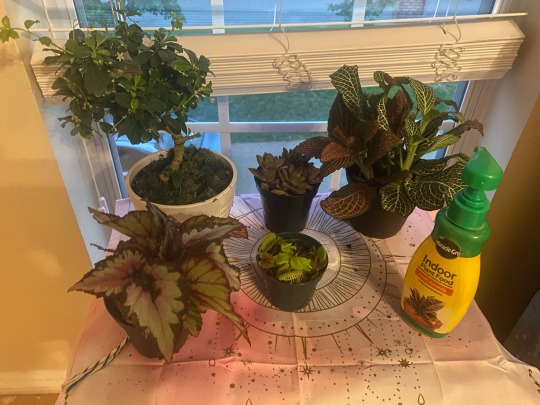

New indoor plants!
Rex Begonia, Venus Flytrap, Red Nerve Plant, Fukien Tea, Succulent (Echeveria), and English Ivy
#flowers#botany#floral#plants#garden#native plants#plant#plantblr#indoor plants#carnivourous plants#plant blog#plant photography#plantcore#plantlife#botanic garden
4 notes
·
View notes
Text

Skyblue Mushroom - Entoloma hochstetteri - New Zealand
photograph: Jo Southgate
849 notes
·
View notes
Text




#landsccape#cottage#cottagecore#aesthetic#photography#flowers#flowercore#lovecore#flower#plant blog#plants#plantblr
59K notes
·
View notes
Text
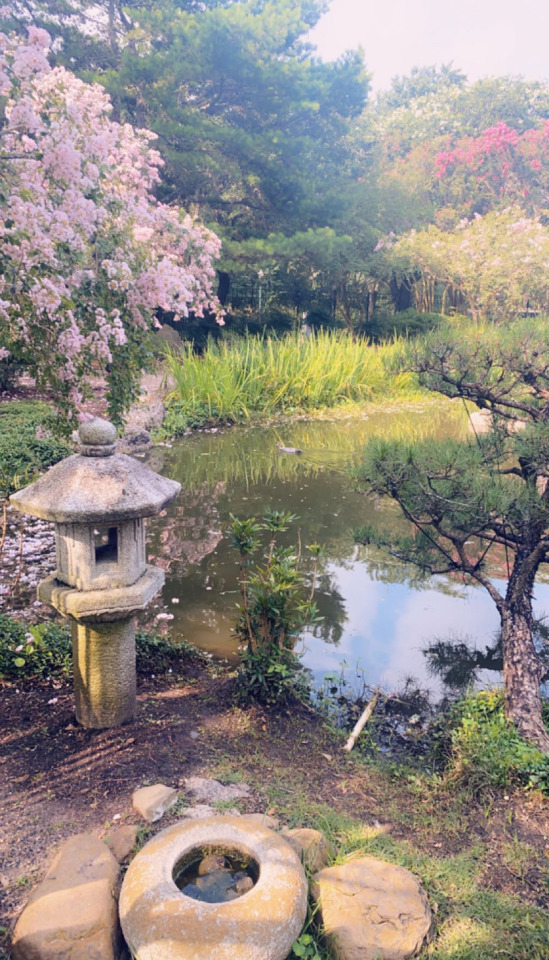
Japanese Garden - Houston, TX
#flowers#botany#floral#plants#garden#native plants#plant#plantblr#Japanese garden#botanist#botanical#nature#nature photography#plant photography
9 notes
·
View notes
Text

#flowers#botany#floral#plants#garden#native plants#plant#plantblr#lily pads#lake#girls who hike#day hike#nature hikes#hike#botanical#nature#naturist#botanist#plant blog#plant photography
7 notes
·
View notes
Text
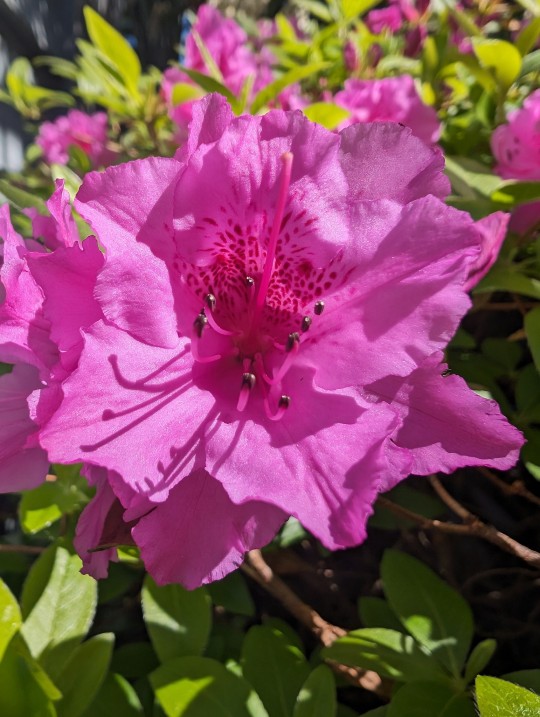


50 notes
·
View notes
Text
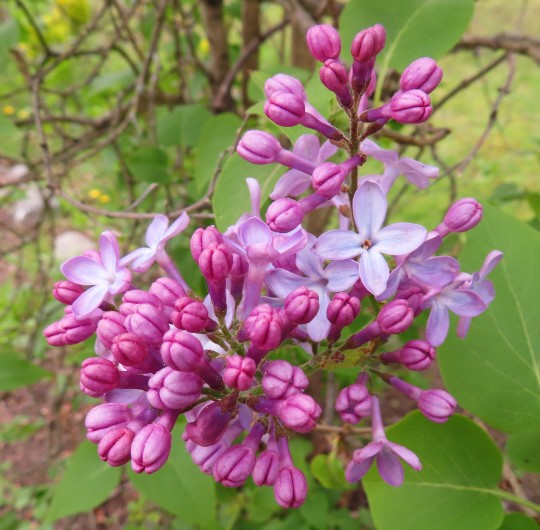
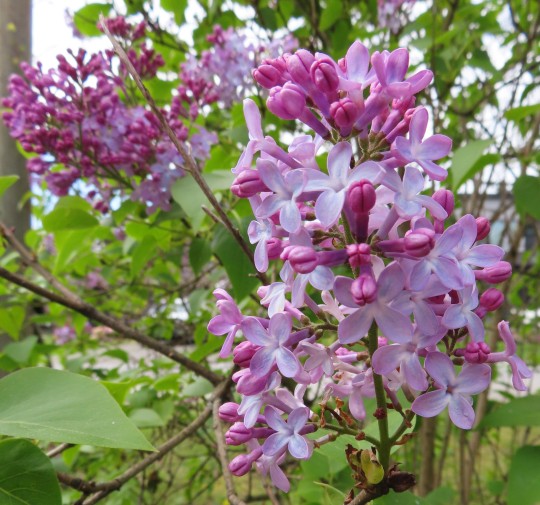

Syringa vulgaris (common lilac)
As I've said before, It's too bad that tumblr doesn't support Smell-O-Vision because the perfume of this lilac growing in the front garden is divine. Unfortunately, this is the last year that I will be able to enjoy it. The neighborhood is changing. The 'monster house' under construction next door has forced my hand. It will have six windows that will look into my, once, very private back garden. Yesterday, I put my house up for sale. I'll miss the garden the most.
248 notes
·
View notes
Text
Tyler State Park Findings 🍃


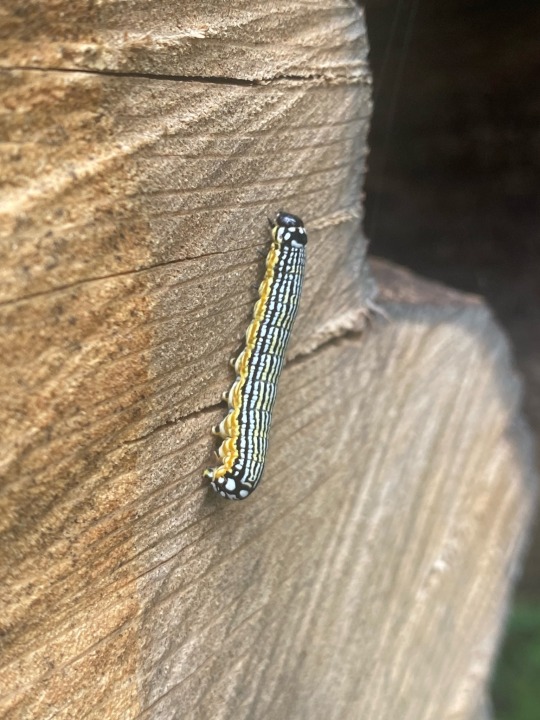
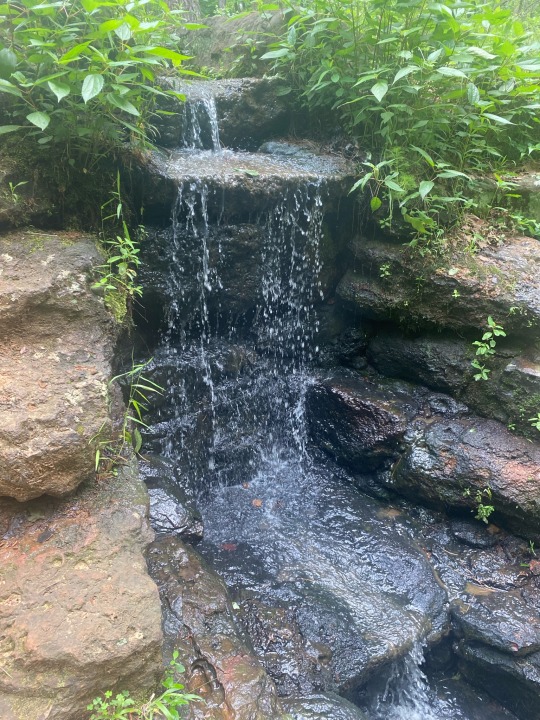
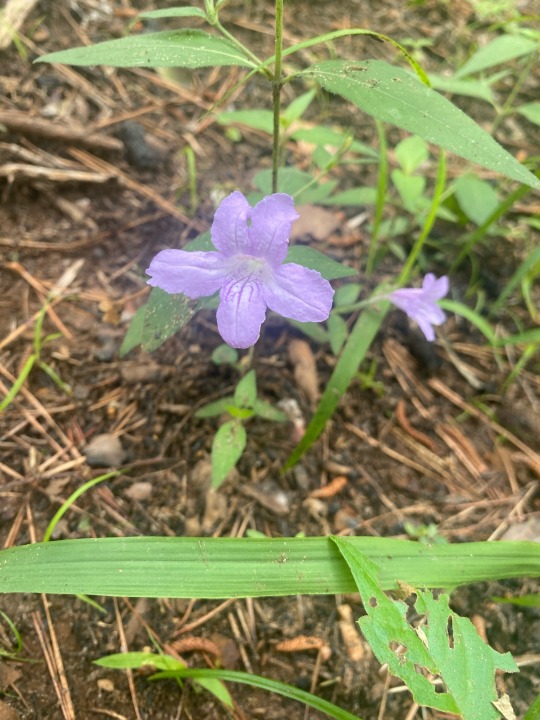



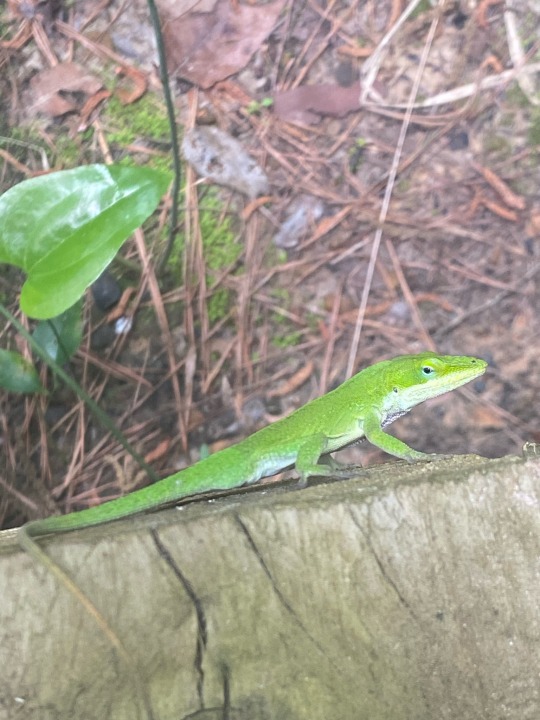
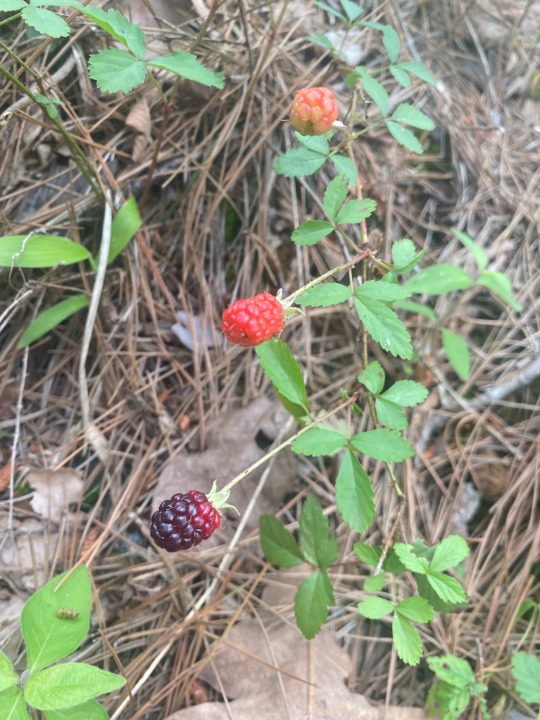
#tyler state park#plants#hiking#nature hikes#girls who hike#day hike#take a hike#botany#floral#native plants#plantblr#plant#plant photography#botanical#botanic garden#botanist#flowers#lizard#waterfall#east texas#trees#fungi#wild fungi#mushrooms
8 notes
·
View notes
Text
The Fascinating World of Carnivorous Plants: Adaptations and Evolution
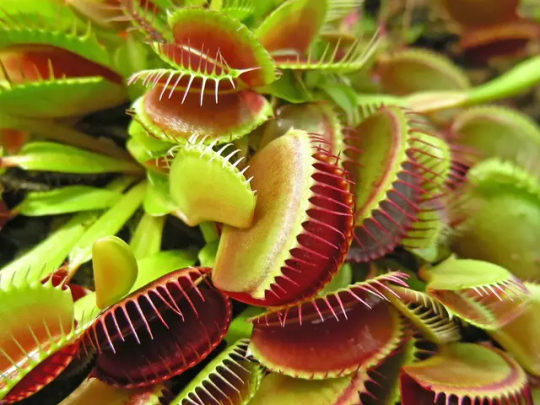
In the world of flora, there exists a group of plants that defy the norm, capturing the imagination with their unique adaptation to acquire nutrients: carnivorous plants. These botanical marvels have evolved various mechanisms to trap and digest prey, showcasing the remarkable diversity and ingenuity of nature. Today, we delve into the intriguing realm of carnivorous plants, exploring their adaptations and evolutionary journey.
Evolutionary Origins: Carnivorous plants have evolved from ancestors with typical autotrophic modes of nutrition. However, in nutrient-poor environments such as bogs, swamps, and rocky outcrops, some plants began to explore alternative strategies to supplement their diet. Through evolutionary pressures, certain species developed specialized structures and mechanisms to capture and digest small animals, primarily insects.
Adaptations for Predation: One of the most distinctive features of carnivorous plants is their specialized trapping mechanisms. From the iconic Venus flytrap (Dionaea muscipula) with its snapping leaf blades to the pitcher plants (Nepenthes spp.) with their fluid-filled pitchers, each species has evolved a unique method to lure, capture, and digest prey.
Chemical Warfare: Many carnivorous plants produce enticing scents, colors, and nectar to attract unsuspecting insects. Once lured, the prey encounters specialized structures or secretions containing enzymes and acids that aid in digestion. This chemical warfare effectively breaks down the captured prey into nutrients that the plant can absorb and utilize for growth and development.
Adaptation to Nutrient-Poor Environments: The ability to supplement their diet with animal-derived nutrients provides carnivorous plants with a competitive edge in environments where essential nutrients like nitrogen and phosphorus are scarce. This adaptation allows them to thrive in habitats where other plants struggle to survive, showcasing nature's ability to innovate in the face of adversity.
Co-Evolutionary Relationships: Carnivorous plants have also forged fascinating relationships with their prey. Some species have evolved intricate structures that provide shelter and food for symbiotic organisms, such as mosquito larvae or frogs, in exchange for protection from herbivores or assistance in nutrient acquisition. These co-evolutionary dynamics highlight the interconnectedness of species within ecosystems.
Conservation Challenges: Despite their captivating nature, many carnivorous plant species are threatened by habitat loss, pollution, and overcollection. Conservation efforts are crucial to preserving these unique organisms and the ecosystems they inhabit. Botanical gardens, research initiatives, and public awareness campaigns play vital roles in safeguarding carnivorous plant diversity for future generations.
Conclusion: The world of carnivorous plants offers a glimpse into the intricacies of evolutionary adaptation and ecological specialization. From their humble beginnings in nutrient-poor habitats to their diverse array of trapping mechanisms and co-evolutionary relationships, these botanical wonders continue to captivate scientists and enthusiasts alike. As stewards of the natural world, it is our responsibility to appreciate, protect, and conserve the fascinating world of carnivorous plants for generations to come.
In closing, let us marvel at the ingenuity of nature and the endless possibilities for discovery that await in the realm of carnivorous plants.
1 note
·
View note
Text

satsuki azaleas in bloom
4.15.24
268 notes
·
View notes